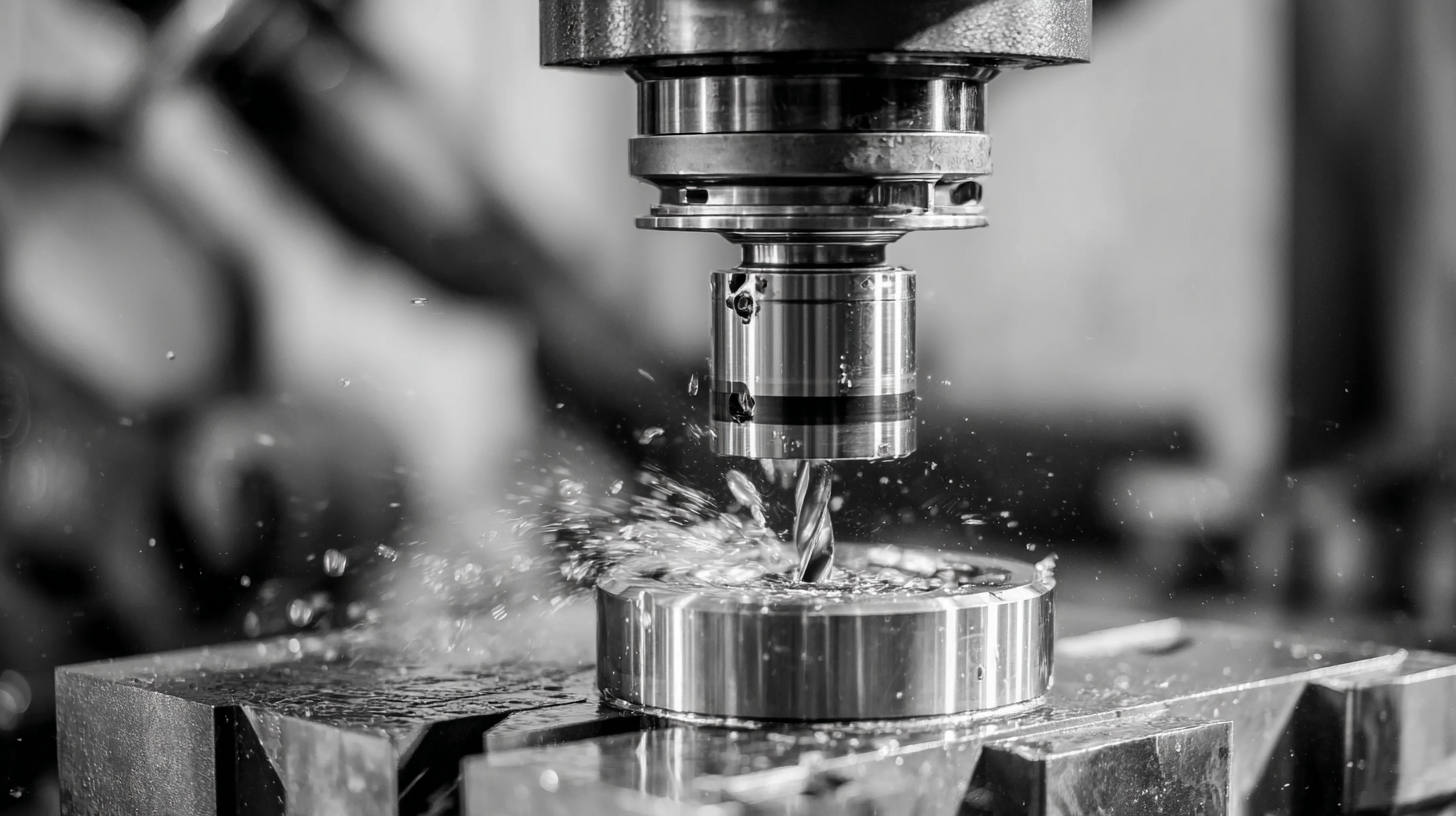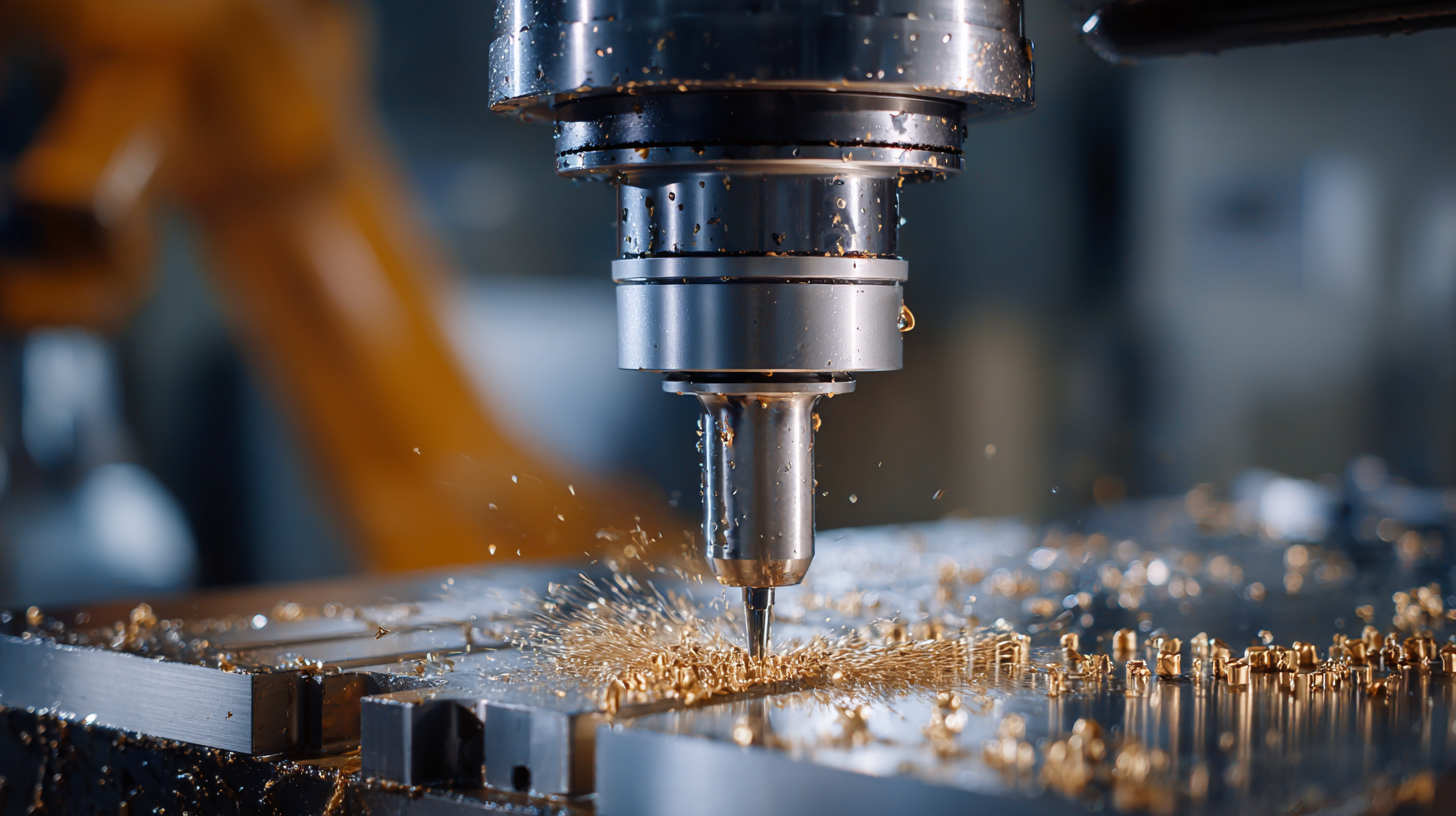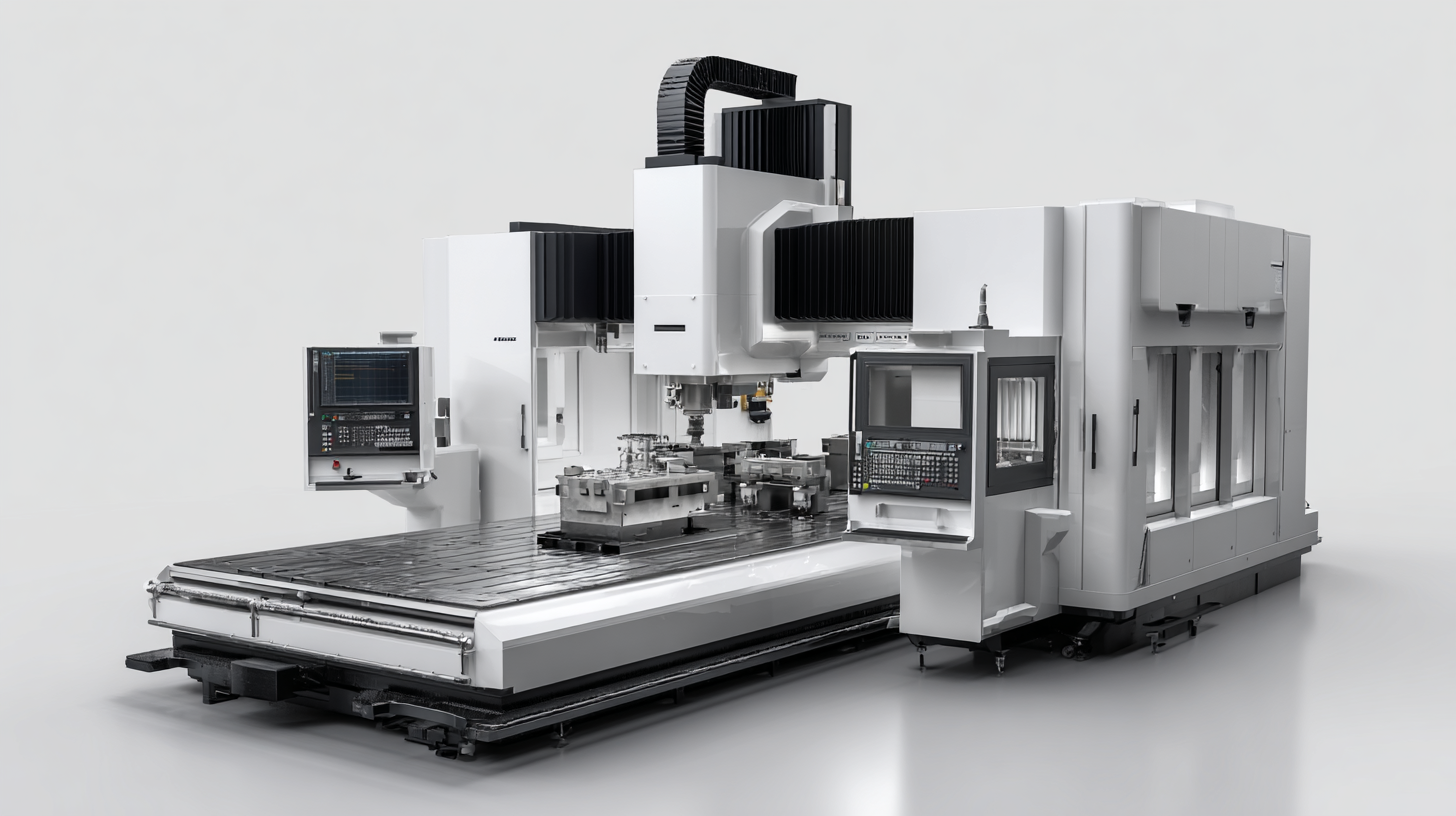Discovering the Best Alternatives to CNC Machining Centers for Global Buyers
In the rapidly evolving landscape of manufacturing, CNC machining centers have long been regarded as the cornerstone of precision engineering, contributing to enhanced productivity and reduced lead times. According to a report by MarketsandMarkets, the global CNC machine market is projected to reach $100 billion by 2025, underscoring the increasing reliance on these sophisticated tools. However, as global buyers seek more diverse solutions, it becomes imperative to explore the best alternatives to CNC machining centers. Factors such as cost efficiency, flexibility, and technological advancements in additive manufacturing and automated processes are gaining traction. Selecting high-quality manufacturers who can offer reliable alternatives is vital, as the right partnerships can lead to substantial savings and improved product outcomes. In this blog, we will delve into the most viable alternatives to CNC machining centers while providing insights on how to choose the best manufacturers in this competitive market.

Exploring the Limitations of CNC Machining Centers for Global Buyers
 CNC machining centers have long been a staple in the manufacturing industry, thanks to their precision and efficiency. However, there are limitations that global buyers need to consider. These centers can be costly, both in initial investment and maintenance, which may not be feasible for smaller businesses or startups. Moreover, their reliance on digital designs can restrict creativity, as complex geometries sometimes become impractical to produce.
CNC machining centers have long been a staple in the manufacturing industry, thanks to their precision and efficiency. However, there are limitations that global buyers need to consider. These centers can be costly, both in initial investment and maintenance, which may not be feasible for smaller businesses or startups. Moreover, their reliance on digital designs can restrict creativity, as complex geometries sometimes become impractical to produce.
As the CNC market is projected to grow significantly, it’s essential for buyers to explore alternatives that may offer more flexibility and cost-effectiveness. Techniques such as additive manufacturing or manual machining can provide unique advantages. For instance, additive manufacturing allows for the creation of intricate designs that could be impossible to achieve with traditional CNC methods.
Tips for Buyers:
- Research various machining technologies to find one that aligns with your production needs and budget.
- Consider hybrid solutions that incorporate both CNC and additive methods to enhance capabilities.
- Always evaluate the total cost of ownership, factoring in training, maintenance, and potential downtime associated with different machining options.
Top Alternatives to CNC Machining: A Comparative Analysis
When exploring alternatives to CNC machining, it's essential to understand the strengths and weaknesses of various methods available in the market. Among the noteworthy alternatives is additive manufacturing, or 3D printing, which has revolutionized how products are designed and produced. Unlike CNC machining, which subtracts material from a solid block to create parts, 3D printing builds objects layer by layer, allowing for intricate designs and reduced material waste. This method is particularly advantageous for creating prototypes quickly and cost-effectively, making it an attractive option for global buyers.
Another viable alternative is laser cutting, which employs high-powered lasers to cut and engrave materials with precision. This technique excels in producing detailed patterns and is highly efficient for cutting complex shapes from various materials, including metals and plastics. For buyers seeking rapid production and customization, laser cutting offers significant time savings compared to traditional machining methods. Additionally, techniques like waterjet cutting and die casting may serve as effective solutions for specific applications, providing unique benefits such as minimal material stress and the ability to work with thick materials. Each alternative presents distinct features and capabilities that can cater to diverse manufacturing needs across global markets.
Die Casting vs. CNC Machining: Which is Better for Global Manufacturing?
When evaluating manufacturing processes, global buyers often face the dilemma of choosing between die casting and CNC machining. Each method provides distinct advantages that cater to various production needs. Die casting, known for its ability to create intricate shapes with high dimensional accuracy, is particularly advantageous for high-volume production. It allows for rapid manufacturing cycles, making it a cost-effective choice for producing metal parts with a smooth finish and tight tolerances.
On the other hand, CNC machining offers unparalleled flexibility, allowing manufacturers to create custom components with intricate details and variations. This process is ideal for low to medium production runs, where precision and adaptability are paramount. CNC machining accommodates a wide range of materials, including metals and plastics, and enables quick modifications to designs without significant lead times. Therefore, the decision between die casting and CNC machining ultimately depends on the project specifications, production volume, and material requirements, making it crucial for buyers to assess their unique needs carefully.
Comparative Analysis of Die Casting and CNC Machining
The Role of 3D Printing in Modern Manufacturing Alternatives
3D printing has emerged as a revolutionary technology in the modern manufacturing landscape, offering a compelling alternative to traditional CNC machining centers. According to a recent report by Statista, the global 3D printing market is projected to reach a staggering $34.8 billion by 2024, growing at a compound annual growth rate (CAGR) of 25.76% from 2019. This explosive growth highlights not only the increasing adoption of 3D printing across various industries but also its capability to produce complex geometries that are often difficult or impossible to achieve with CNC machining.
Moreover, the benefits of 3D printing extend beyond just design freedom. A study conducted by Deloitte found that companies utilizing additive manufacturing reduced their production costs by up to 70%, particularly in low-volume production runs. This efficiency is crucial for global buyers looking to remain competitive in today’s fast-paced market. As supply chains face disruptions and demand for rapid prototyping increases, 3D printing stands out for its ability to produce parts on-demand, significantly decreasing lead times and inventory costs. In essence, this technology is not only transforming manufacturing methods but also enabling innovative business models that prioritize speed and cost-effectiveness.
Discovering the Best Alternatives to CNC Machining Centers for Global Buyers - The Role of 3D Printing in Modern Manufacturing Alternatives
| Method | Material Compatibility | Production Speed | Cost Effectiveness | Complexity of Design |
|---|---|---|---|---|
| 3D Printing | Plastics, Metals, Ceramics | Fast | High initial, low per-unit | High |
| Laser Cutting | Metals, Plastics | Moderate | Moderate | Moderate |
| Injection Molding | Plastics | Slow initial, fast for large batches | Low per-unit, high setup cost | Moderate |
| Subtractive Manufacturing | Metals, Plastics | Moderate | High | Low to Moderate |
| Metal AM (Additive Manufacturing) | Metals | Moderate | High | High |
Evaluating Cost-Effectiveness of Machining Alternatives for International Exporters
As global buyers seek cost-effective solutions in manufacturing, evaluating alternatives to CNC machining centers has become paramount. According to a report from Market Research Future, the CNC machining market is projected to grow at a CAGR of 6.7% between 2020 and 2027. However, rising operational costs and the demand for more versatile machining processes have driven many businesses to explore viable alternatives such as additive manufacturing and manual machining. For instance, additive manufacturing can reduce waste and lower production costs by up to 30%, making it an attractive option for international exporters looking to optimize their budget while maintaining high quality.
Moreover, traditional manual machining offers an affordable alternative, especially for small to medium-sized enterprises. A study highlighted by the American Machinist reveals that companies can save approximately 20% on initial investment costs by adopting manual machining techniques, particularly in low-volume production scenarios. This allows exporters to remain competitive in the global market without the heavy financial burden associated with advanced CNC technologies. By aligning manufacturing strategies with these alternatives, businesses can not only cut costs but also increase flexibility and responsiveness to market demands.

